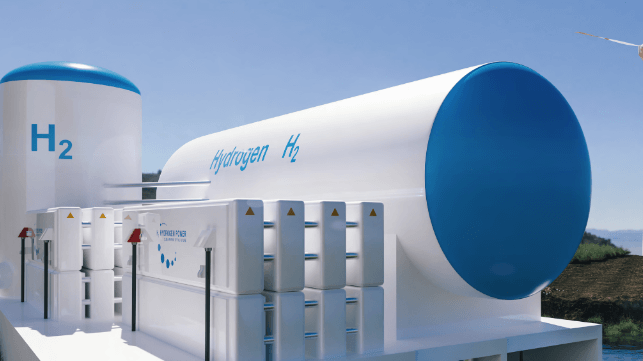DNV: The World's Clean Hydrogen Supply May Come Up Short

The world is likely to miss the opportunity to put hydrogen at the heart of a net-zero future, despite an emerging consensus that low-carbon and renewable hydrogen will play an important role in decarbonizing energy systems, according to DNV.
In its first standalone forecast of hydrogen in the energy transition through to 2050, the classification society suggests that hydrogen would need to account for around 15 percent of world energy demand by mid-century in order to meet Paris Agreement targets.
However, scaling global hydrogen use will require overcoming serious challenges, including availability, costs, acceptability and safety. This won't be easy, and DNV predicts that the amount of hydrogen in the energy mix will be "very low and late" - just 0.5 percent in 2030 and five percent in 2050, substantially less than needed meet the targets of the Paris Agreement. Even achieving five percent globally would translate into the production of more than 200 million tonnes of clean hydrogen per year. (For perspective, Adani Group and TotalEnergies plan to spend $50 billion to build one million tonnes of green hydrogen capacity, and their project timeline is ten years.)
The report suggests that while hydrogen derivatives such as ammonia and methanol are key to decarbonizing heavy transport like shipping and aviation, these fuels won’t scale until the 2030s. Instead, the first big uses of low-carbon hydrogen will likely be in heavy industries like steelmaking and refining, as well as blending with natural gas - that is, applications where the infrastructure for using hydrogen is already installed or easily adapted.
However, in the long run, this scarce resource would be best saved for applications where electricity is impossible to use directly, DNV advises. “Hydrogen is essential to decarbonize sectors that cannot be electrified like aviation, maritime, and high-heat manufacturing and should therefore be prioritized for these sectors,” said Remi Eriksen, DNV Group President and CEO.
The massive resources required to scale up hydrogen production will be one of the biggest obstacles, considering that global spend on producing hydrogen for energy purposes from now until 2050 will be $6.8 trillion. An additional $180 billion must be spent on hydrogen pipelines and $530 billion on building and operating ammonia terminals, DNV predicts.
The class society predicts that electricity-based green hydrogen, which is produced by splitting hydrogen from water using electrolyzers, will be the dominant form of production by 2050 - accounting for 72 percent of output. This will require more than twice the total installed generating capacity of solar and wind today.
Blue hydrogen - produced from natural gas with emissions captured - will have a greater role to play in the shorter term, with around 30 percent of total production in 2030. However, its competitiveness will likely tail off as renewable energy capacity increases and prices drop. The global average cost for blue hydrogen will fall from $2.50 per kilo in 2030 to $2.20 per kilo in 2050. Globally, green hydrogen will fall in cost to match blue hydrogen within a decade and will become the cheapest form of production in most regions.
The uptake of hydrogen will differ considerably by region, heavily influenced by policy. Europe will be the forerunner with hydrogen accounting for 11 percent of the energy mix by 2050. The OECD Pacific will use hydrogen for eight percent of its energy needs, North America seven percent and China six percent.
